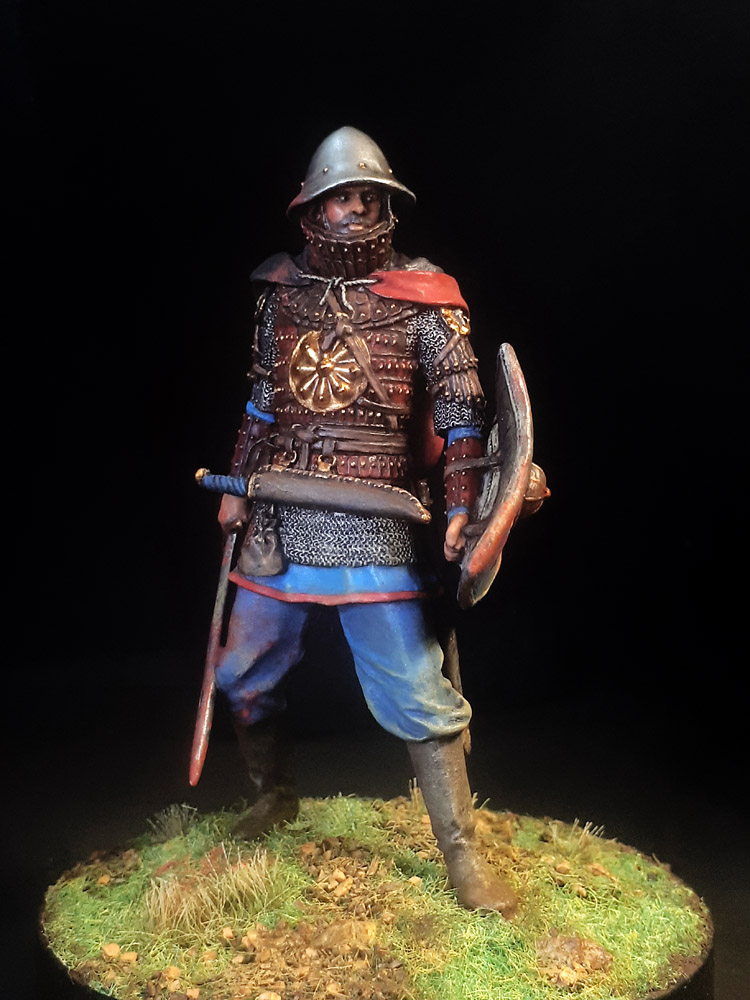
According to historical records, the Slavic homeland would have been somewhere in central Europe, possibly along the southern shore of the Baltic Sea, its precise location is debated by archaeologists and historians.
Over the centuries Slavic culture was heavily influenced by the Sarmatian culture from the east, and by the various Germanic cultures in the west. These ancient warriors are described as being unusually tall and strong, Slavic warriors typically used a wide range of weapons.
As the Slavs expanded they began using combined arms tactics, with archers, cavalry and infantry working in unison. Their armies used speed to their advantage and often employed ambushes, flanking assaults and guerilla tactics. They learned how to take fortified cities using siege weapons from the Byzantines and learned cavalry tactics from the steppe nomads. In the North they learned to use Viking style long ships, and even raided Scandinavia giving them a taste of their own medicine!
The courage of these warriors and their willingness to die to protect their land were prominent character traits of every Slavic warrior. The ferocity of their response to any attackers made people think twice before attempting to attack them again.
Beginning in the 9th century, the Slavs gradually converted to Christianity (both Byzantine Orthodoxy and Roman Catholicism). By the 12th century, they were the core population of a number of medieval Christian states: East Slavs in the Kievan Rus’, South Slavs in the Bulgarian Empire, the Kingdom of Croatia, Banate of Bosnia and the Grand Principality of Serbia, and West Slavs in the Great Moravia, the Kingdom of Poland, Duchy of Bohemia and Principality of Nitra.
The ancient Slavs rose from relative obscurity to becoming one of the great forces of the world primarily due to their expansion from the 6th to 8th centuries AD and their stubborn ability to hold these lands throughout the ages.
